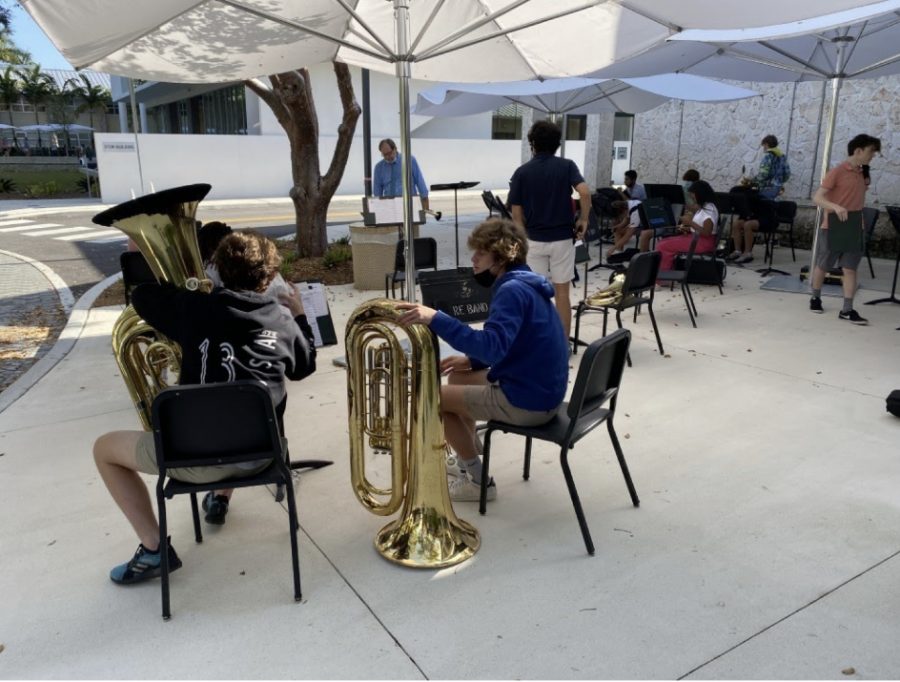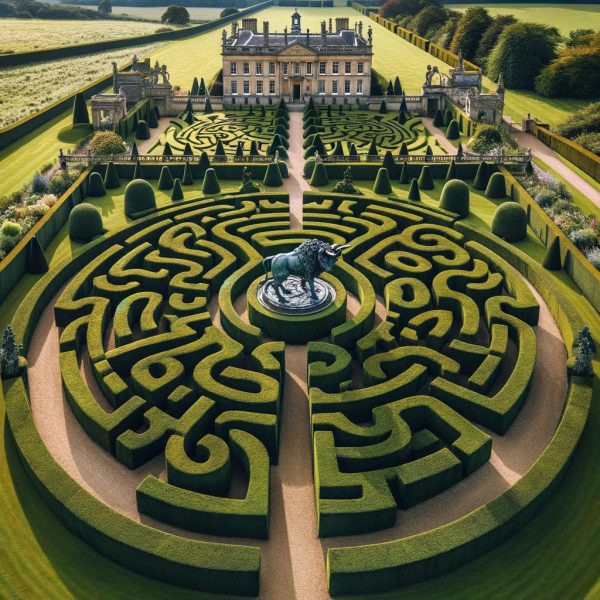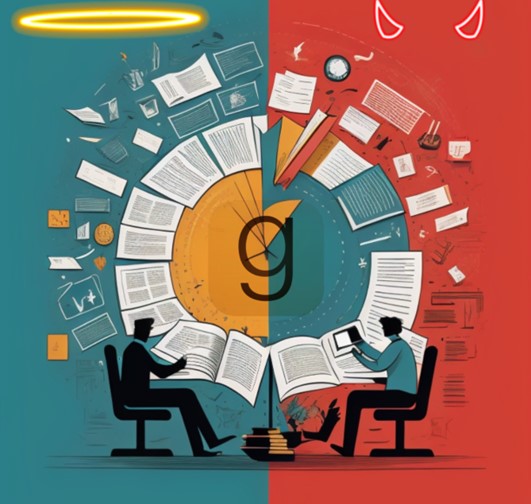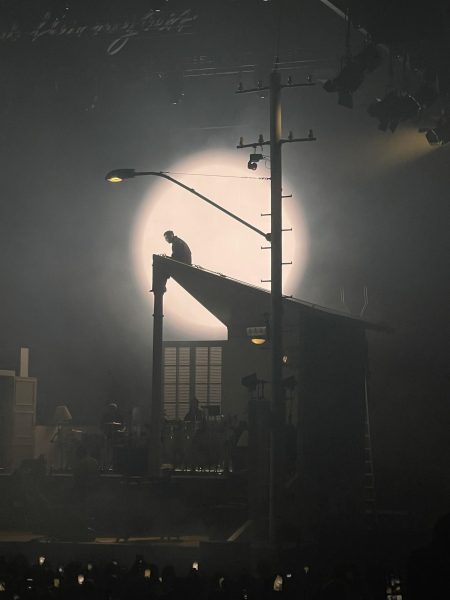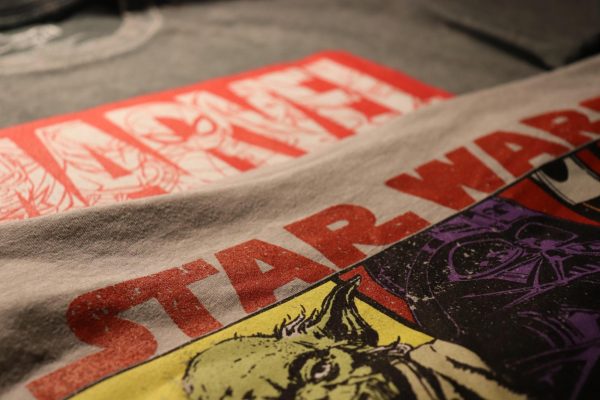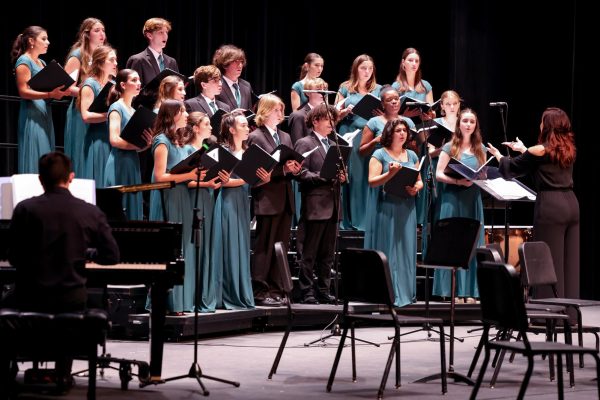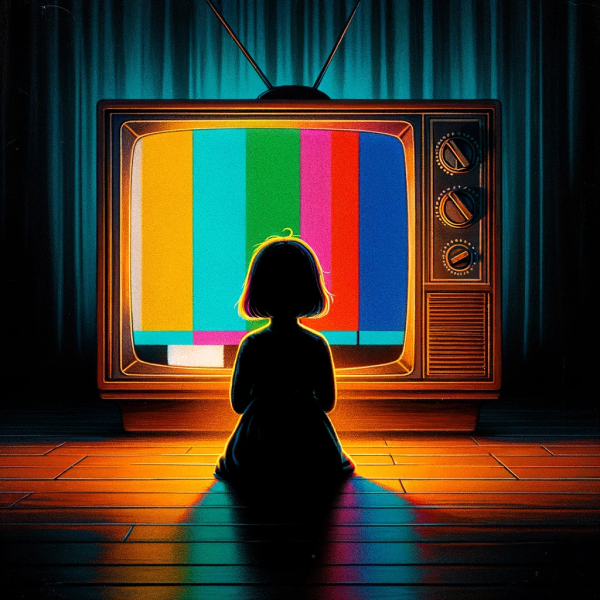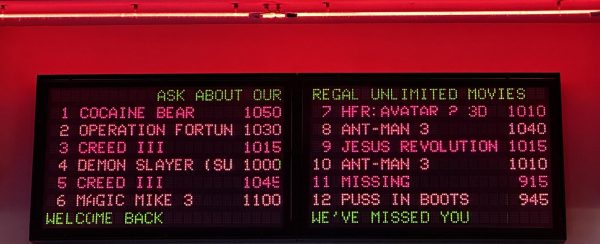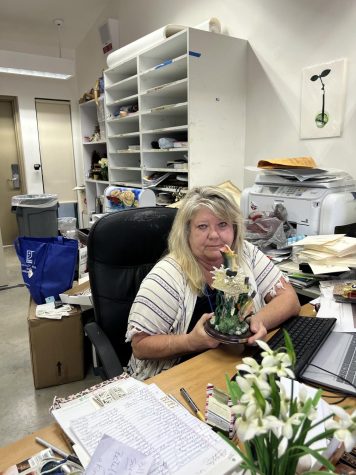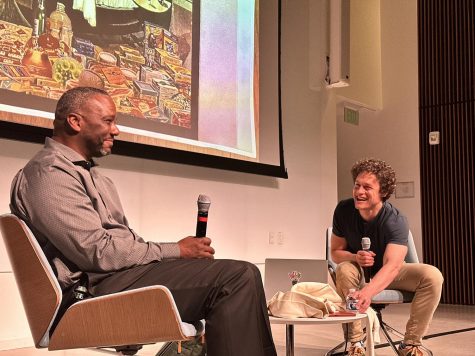An alternate reality for the RE Band Program
How Mr. Hamm and RE musicians are making the best of 2020-2021
Tuba players Jasper Broad ’22 and Christian Sosa ’23 converse after the Symphonic Band finishes class for the day
Before COVID-19 health and safety protocols, band classes practiced indoors in the Rehearsal Hall, where rows of instruments and sound equipment line the walls. Musicians used small, sound-proof studios to practice and regularly collaborated in the Lewis Family Auditorium. Using covers (instrument masks) to blanket the bells and keyholes of instruments like the French horn, trombone or clarinet was a foreign concept for brass and woodwind musicians.
Things are different now. This school year, Mr. Jon Hamm, the Performing Arts Department Chair, and his students have adjusted to significant changes. The playing of many instruments violates essential health and safety precautions, including mask-wearing; covers have become not just common but necessary. Additionally, a traditional symphonic band seating arrangement does not allow for proper social distancing between students. For these reasons, Mr. Hamm conducts several classes outside.
For an art form that relies heavily on group dynamics, new safety measures have significantly altered the experience. “It’s an alternate reality for music,” Mr. Hamm said.
According to Mr. Hamm, regulating the 46-member symphonic band has been especially challenging due to the new outdoor location. This causes a host of difficulties, including “wind, rain and environmental noises, alongside logistical limitations like the lack of a smart screen [and] stereo system.”
In addition to relocating classes outside, the bands have struggled with managing a virtual-physical hybrid learning environment. Efforts to play synchronously and harmoniously are futile, considering the inability to communicate and coordinate while some students are virtual.
Unable to rehearse simultaneously with online and in-person students, groups like the RE Combo—a celebrated, nationally recognized band that has won first place at the Berklee College of Music High School Jazz Festival—have resorted to recording pieces individually at the same tempo and layering them onto a single track, an untraditional process for seasoned musicians accustomed to interaction and connection.
Using specialized software and microphones, members of the jazz combos can put together something that resembles a normal performance through audio piecing, but it still sounds far from natural.
Bass player Andres Soto ‘21 described how “interaction [is] one of the key things in Jazz.” Soto noted how bandmates improvise spontaneously during solos and have the freedom to create and adjust accordingly during the tune.
Having been in the RE Combo since 10th grade, Soto has spent considerable time playing jazz and has reluctantly accepted the new reality. He described playing music in previous years as “more organic.” Jazz solos are “improvised, they come from you,” and the “bandmates feed of that rhythm and follow what you did.” In a virtual/hybrid scene, this standard is unattainable.
Connor Munroe ‘21, the RE Combo’s Musical Director, who was recently named to the Florida All-State Jazz Band on tenor saxophone, clarinet, and flute, echoed a similar sentiment, acknowledging that the situation is far from “the real thing.”
While the current way of making music is frustrating at times, however, Munroe also mentioned that the technology “allows [them] to create,” and still gives him the “energy to thrive.” And there have been other silver linings to social distancing. At a recent National YoungArts Foundation (virtual) meeting, Munroe met “some of the best jazz musicians in the world,” and was able to connect with them through a screen, an opportunity that he doubts would have normally materialized.
According to Jazz guitarist Adam Chopp ‘22, these unusual circumstances have allowed him “learn more about Jazz improvisation.” With more time to practice individually, Chopp has learned to “appreciate the art” to a greater extent.
And although 2020-2021 has certainly been an abnormal year for Ransom Everglades musicians and the performing arts department, there is light at the end of the tunnel. The program was recently invited to return to the National Jazz Festival, where the top two jazz combos, the RE Combo (Munroe, Soto `21, Maximilian Swietelsky ‘21, Nathan Gumenick ‘21, Max Vallone ‘22) and the Ransom Combo (Adam Chopp ‘22 Kiran Desai ‘21, Louis LaFontisee ‘21, Daniel Fisher ‘21, Jonah Bennet ‘21) will compete in May. Both combos will compose their submissions through audio piecing, rather than perform in front of the judges.
Mr. Hamm has also proposed three new classes for next year: Guitar 2, a Rock Ensemble and a Percussion Ensemble, courses that he will conduct traditionally, indoors. Plans are in the works for the filming of a virtual concert that will feature all four Jazz Combos, the Guitar Ensemble, Strings Ensemble, Symphonic Band and Jazz Band. According to Mr. Hamm, the dates for this virtual concert will be announced sometime shortly.


